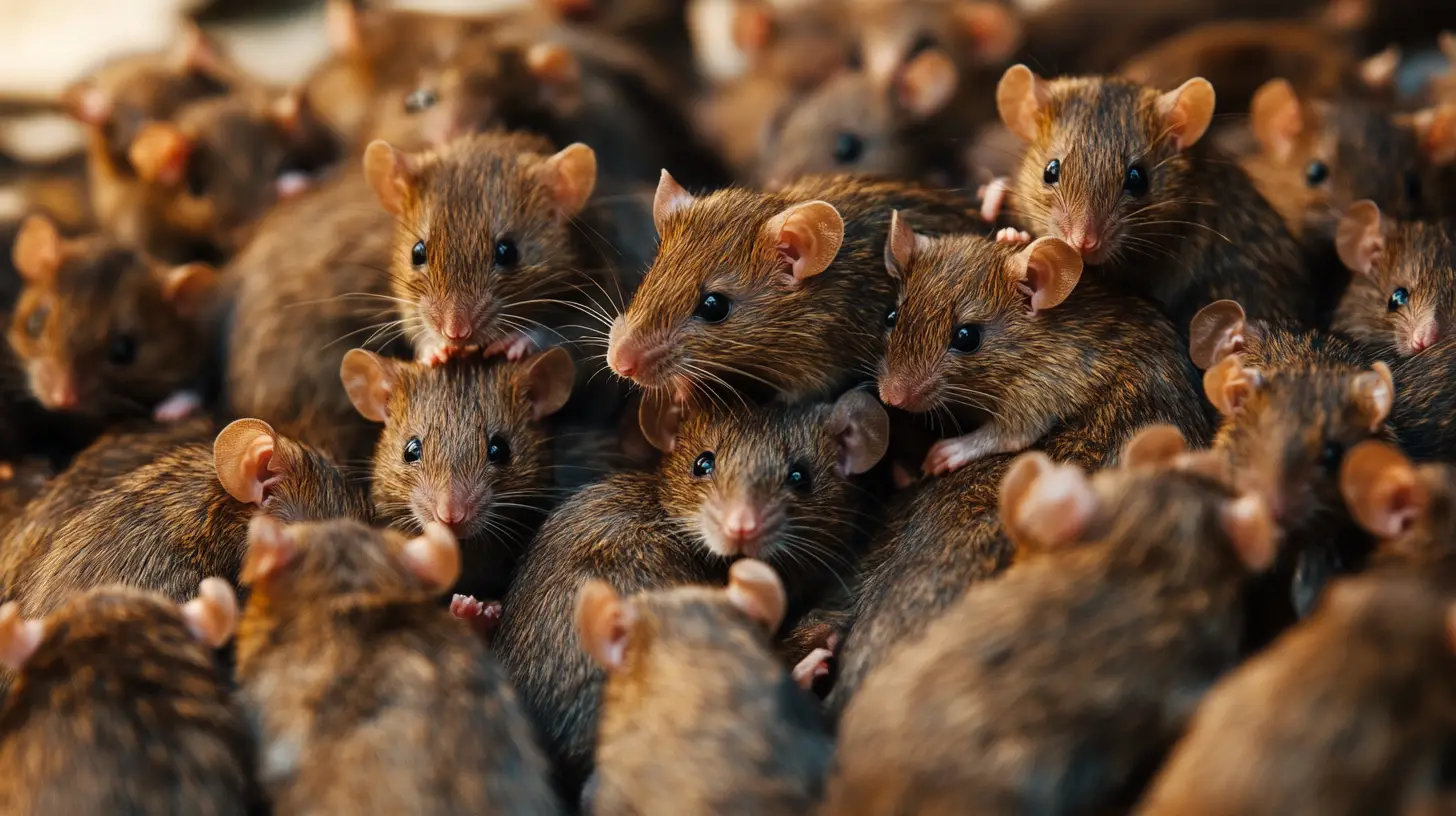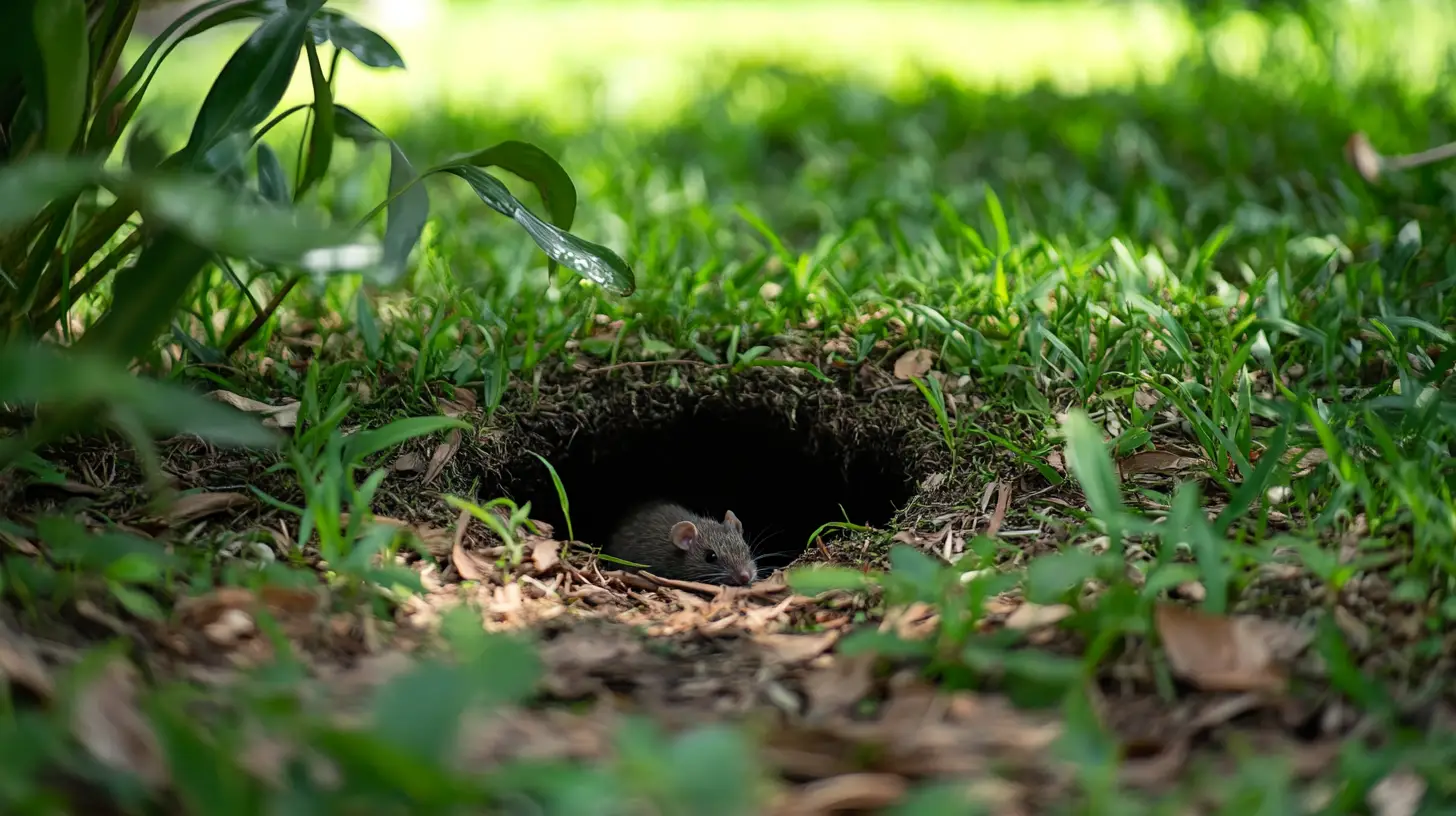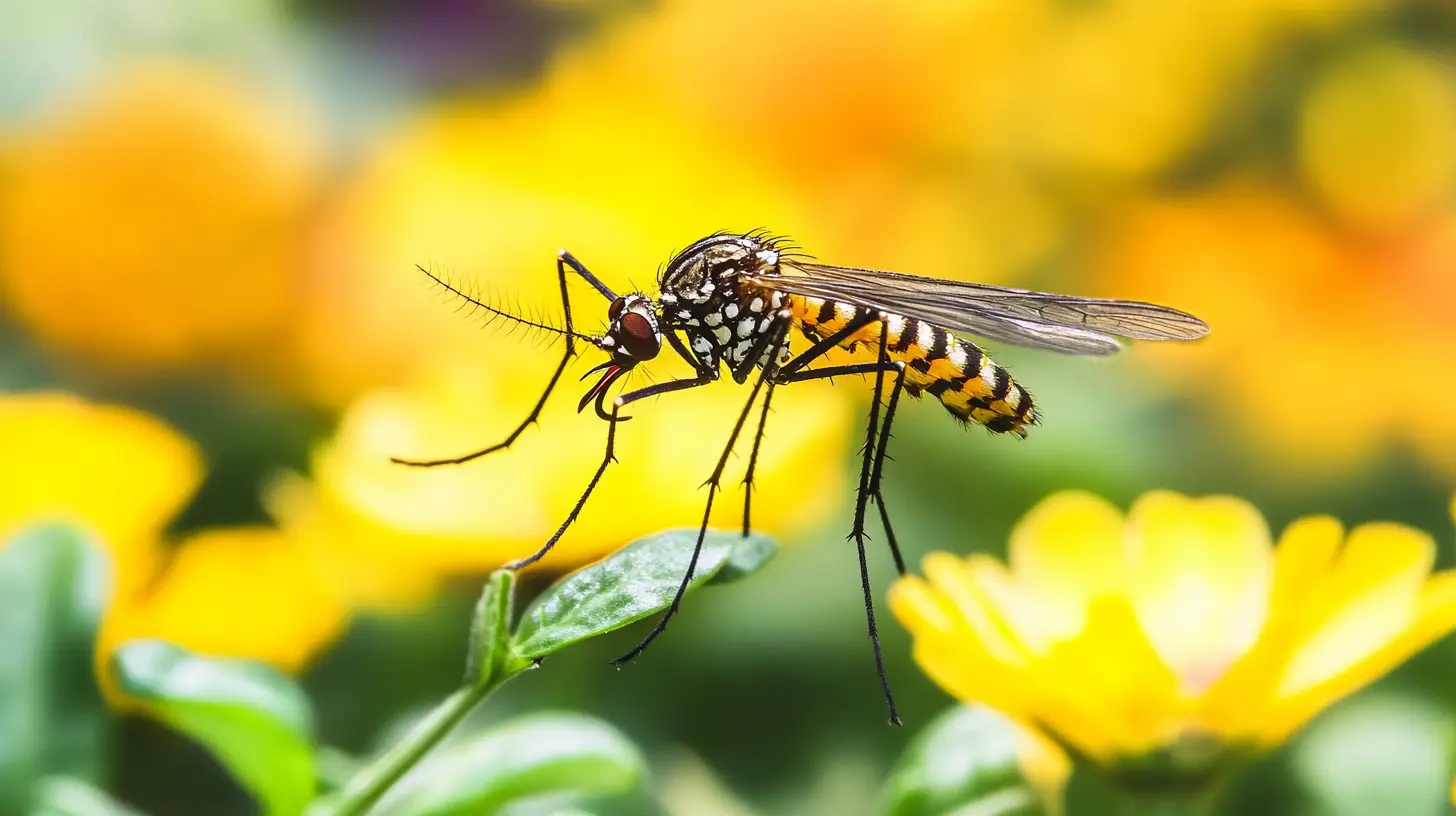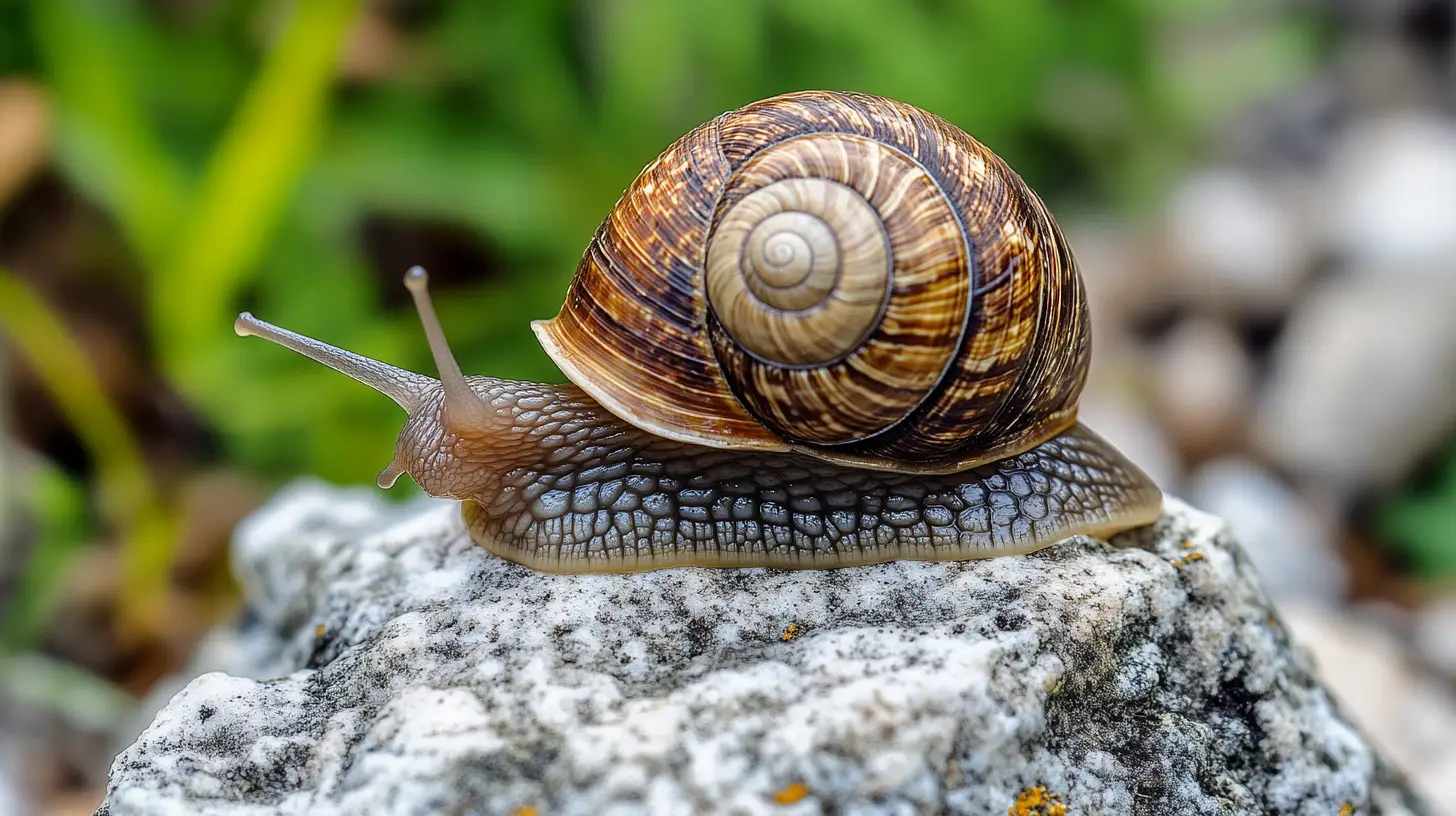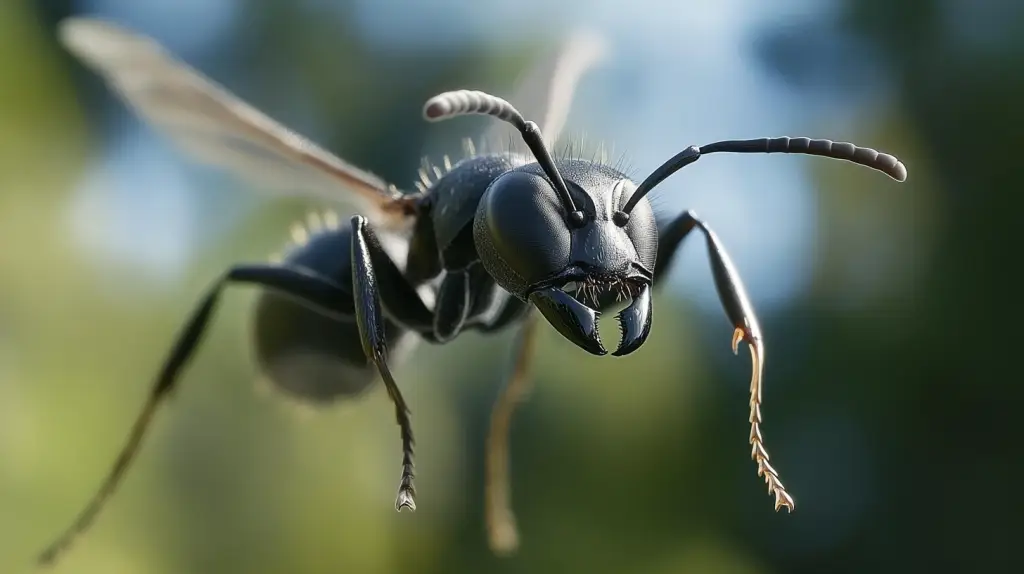
Table of Contents
Flying ants, these winged insects can be more than just a nuisance, swarming around your home in search of a new place to nest. Did you know? Flying ants are the reproductive males and females of an ant colony. These ants develop wings and leave the colony to mate and establish new colonies. The males are known as drones, while the females that become new queens are often called alates.
Did you know flying ants are actually the reproductive members of an ant colony, embarking on their nuptial flight to start new colonies? During this time, large swarms of flying ants from multiple colonies take to the air, typically on warm, humid days. This increases the chances of genetic diversity through cross-colony mating.
This fascinating lifecycle means their presence signals a thriving ant community nearby. But don’t worry—you’re not alone in this battle. By learning a few strategic methods, you can regain control and prevent these pesky invaders from settling in your home. Get ready to discover effective strategies to get rid of flying ants and reclaim your space and enjoy a pest-free environment.
Key Takeaways
- Recognizing flying ants as reproductive members of an ant colony is crucial to understanding their presence and potential infestation risks.
- Preventive measures include maintaining clean, dry living spaces and sealing entry points to deter flying ants from entering your home.
- Different removal tactics such as using boiling water, insecticidal dust, and natural solutions like dish soap and peppermint oil offer diverse approaches to managing infestations.
- Correctly identifying flying ants versus termites by noticing differences in wings, body shape, antennae, and behavior can help target the appropriate pest management strategy.
- Keeping your yard maintained by trimming vegetation and removing debris can reduce the potential for nearby ant nesting, thus preventing home invasions.
How to Get Rid of Flying Ants
To address flying ants effectively, understanding their biology and behavior is crucial. In Lakewood Ranch, these pesky insects often emerge during the warm months, searching for new nesting sites. Taking prompt action can help protect your home and maintain a pest-free environment.
- Dust: Apply insecticidal dust in crevices and entry points where ants are active. This targets nests while minimizing harm to non-target organisms.
- Bait: Use ant baits near active areas. These baits allow worker ants to carry poison back to the colony, effectively reducing their population.
- Pesticides: Consider contacting a pest control professional for specialized pesticides designed for ant management. Such answers are often essential for large infestations.
- Boiling Water: Pouring boiling water directly into ant hills can be an immediate fix. This method is environmentally friendly, but it’s crucial to ensure safety when handling boiling water.
- Replace Damaged Wood: Flying ants often indicate termite issues. Inspect and replace any wood that’s been compromised, as this can prevent further infestations.
- Vacuum: Use a vacuum to remove flying ants from indoor spaces. It’s a quick, non-toxic method that also captures other insects.
- Dish Soap and Peppermint Oil: Combine dish soap and peppermint oil in a spray bottle. This mixture disrupts ants’ pheromone trails and can effectively deter them.
- Glue Traps: Set glue traps around potential entry points. These traps help monitor ant activity and can decrease their numbers over time.
By implementing these strategies, you can manage flying ants in a safe and eco-friendly manner while promoting a balanced living environment.
Why Are Flying Ants in My Home?
Flying ants invade your home when they’re searching for new nesting sites, particularly during the warmer months in Lakewood Ranch. This phenomenon, known as nuptial flight, often coincides with increased humidity. Winged ants appear as a temporary nuisance, but their presence signals a nearby established ant colony. Without management, this could lead to structural infestations.
The industry and climate in Lakewood Ranch create a conducive environment for ants. Your home services as an attractive location due to shelter and food sources. Ants are drawn to moisture-rich areas, so kitchens and bathrooms are common hotspots. Poorly sealed windows, doors, and crevices offer easy access for these persistent insects. Regularly observing winged ants indoors requires you to explore potential entry points and address moisture issues.
Flying ants possess a fascinating biological role, contributing to ecosystems by aerating soil and spreading plant seeds. While their environmental benefits are essential, in homes, they compromise cleanliness and structure by nesting in walls or attics. Addressing an infestation not only helps maintain your home’s integrity but supports local biodiversity by preventing disruptions to these insects’ natural habitats.
Flying Ants vs. Termites: How to Identify Them
Recognizing the difference between flying ants and termites is key to addressing any infestations. Although they both swarm in humid environments like Lakewood Ranch, distinct features set them apart.
- Wings: Flying ants have two sets of wings of unequal length, with the front wings being longer than the back ones. Termite wings are equal in length, giving them a more streamlined appearance.
- Body Shape: Flying ants have a narrow waist, distinctly separating their thorax and abdomen. Termites display a more uniform, thick body without such a defined waist.
- Antennae: The antennae of flying ants are elbowed, with a noticeable bend. Termites possess straight, beaded antennae, which are easily distinguishable upon close inspection.
- Color: Flying ants are typically dark or reddish-brown, while termites are usually light brown or even translucent.
- Behavior: Flying ants are usually seen during nuptial flight once a year, while termites often swarm during and after rainfall. Termites tend to pose a greater risk as they consume wooden structures.
Understanding these differences empowers you to effectively get rid of flying ants by focusing on strategies appropriate for your exact issue. By correctly identifying the pests in your home, you can better protect your property’s integrity and maintain a balanced network in Lakewood Ranch.
How to Prevent Flying Ants
Preventing flying ants starts with understanding their attraction to certain environments. Since ants often seek moisture and food sources, especially in places like Lakewood Ranch, addressing these factors in your home can help. Begin by ensuring your living spaces are clean and dry. Wipe down kitchen countertops, sweep floors regularly, and promptly fix any plumbing leaks to reduce the moisture that flying ants find enticing.
Seal entry points around your home’s perimeter. Use caulk to fill gaps around windows, doors, and any foundation cracks. This step decreases the chances of ants entering your home during their nuptial flight. Also, installing weather stripping can provide an effective barrier against these insects.
Maintain your yard to minimize the risk of flying ants nesting nearby. Trim overgrown vegetation and remove debris such as fallen leaves and branches. These actions reduce their potential nesting sites, lessening the likelihood of them infiltrating your home.
If you already dealt with an infestation and want to prevent another, monitor your home for any signs of returned activity, like scattered wings or an increase in ant sightings, and address them quickly. Placing ant deterrents like vinegar and essential oils around known entry points can repel the insects due to the strong scent.
Taking these preventive measures can help maintain your home’s cleanliness and prevent the presence of flying ants, allowing you to enjoy a serene and balanced living environment.
When to Call a Professional
If your efforts to control flying ants don’t yield results or if you’re facing a severe infestation, it might be time to call in a professional. Ant control experts can offer targeted answers and ensure that your home remains free from these pests without compromising safety.
Frequently Asked Questions (FAQs)
What attracts flying ants into homes?
Flying ants are attracted to homes due to shelter, food sources, and moisture-rich environments, particularly in areas like kitchens and bathrooms. These factors create an ideal setting for ants looking for new nesting sites during their nuptial flight in the summer months.
How can I differentiate between flying ants and termites?
You can distinguish flying ants from termites by looking at wing structure, body shape, and antennae. Flying ants have two sets of unequal wings, a segmented body, and elbowed antennae. Termites have equal-length wings, a broader waist, and straight antennae.
What are some effective methods to manage flying ants?
Effective methods include using insecticidal dust in crevices, setting ant baits, pouring boiling water into ant hills, vacuuming, sealing entry points, and applying natural deterrents like dish soap and peppermint oil. These strategies can help control ant activity and prevent infestations.
Why is it important to control flying ants?
Controlling flying ants is important because their presence indicates a nearby colony that can compromise cleanliness and potentially damage property through nesting activities. They can also pose a continuous challenge if not effectively managed.
Can flying ants benefit the ecosystem?
Yes, flying ants play a role in ecosystems by aerating soil and spreading plant seeds. However, their presence in homes can be disruptive. Striking a balance with eco-friendly ant control methods supports local biodiversity while minimizing ant problems indoors.
What preventive measures can deter flying ants?
Preventive measures include maintaining a clean, dry home by wiping down surfaces, sweeping floors, fixing plumbing leaks, sealing entry points, and managing outdoor areas by trimming vegetation and removing debris. These steps help reduce the risk of invasion.
How do I safely use insecticides around pets and children?
When using insecticides, carefully follow the product instructions and avoid applying them in areas accessible to pets and children. Consider using less toxic options, and always ensure the treated areas are well-ventilated and safe before allowing access.
Are there natural remedies to repel flying ants?
Yes, natural deterrents such as vinegar, essential oils, and a mixture of dish soap and peppermint oil can disrupt ant pheromone trails and repel flying ants, providing a safer alternative to chemical solutions.
What signs indicate a flying ant infestation?
Signs include the presence of discarded wings, increased ant activity, and visible entry points around the property. Noticing these early can help you take timely action to manage and reduce the infestation effectively.

